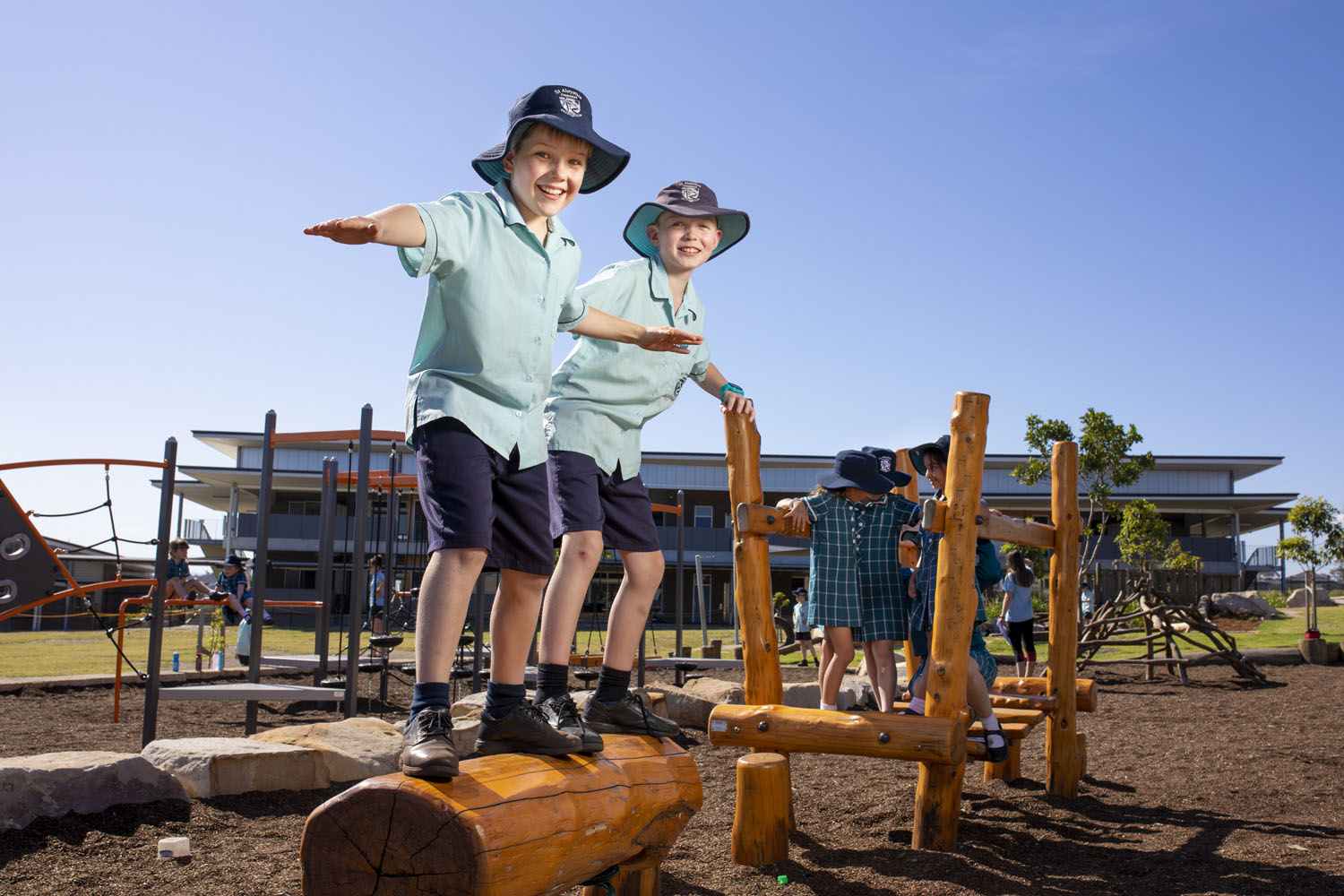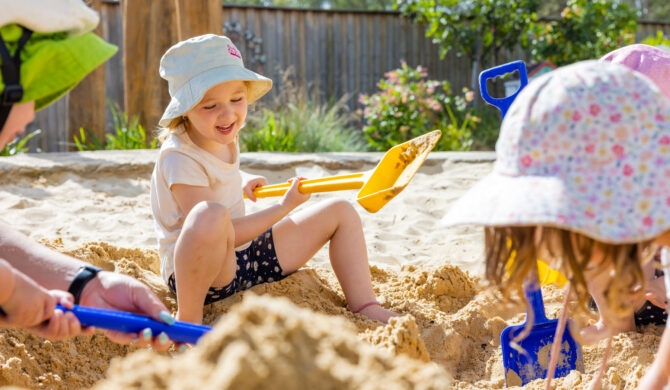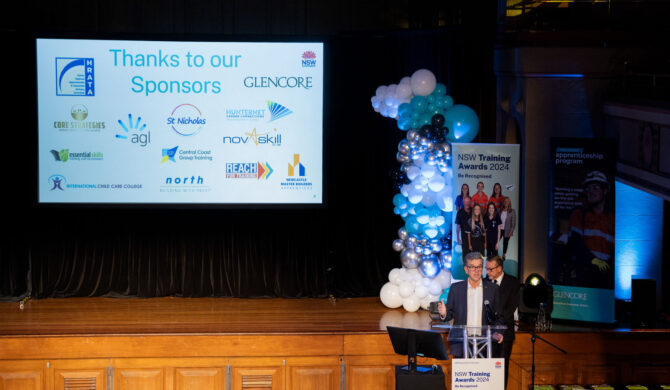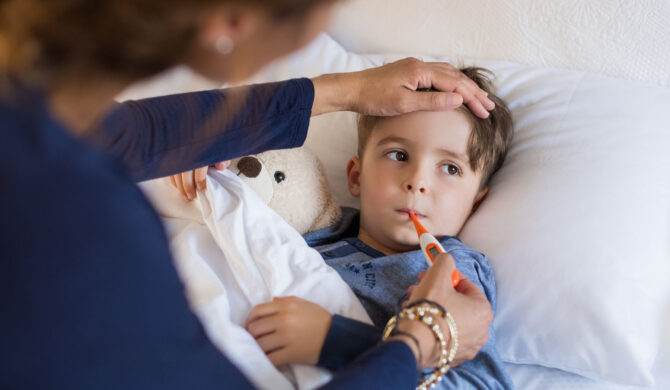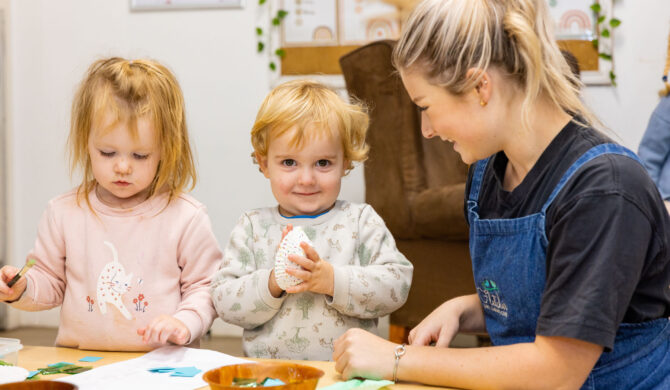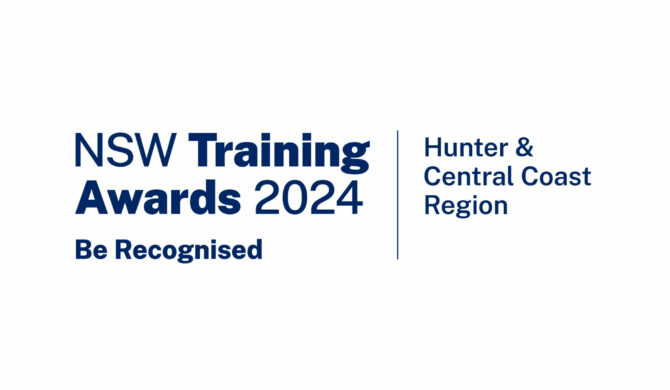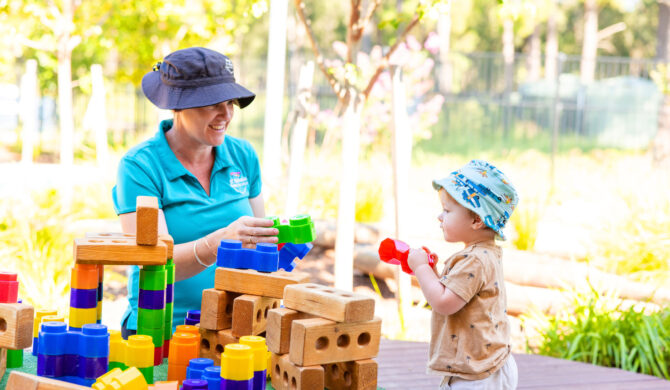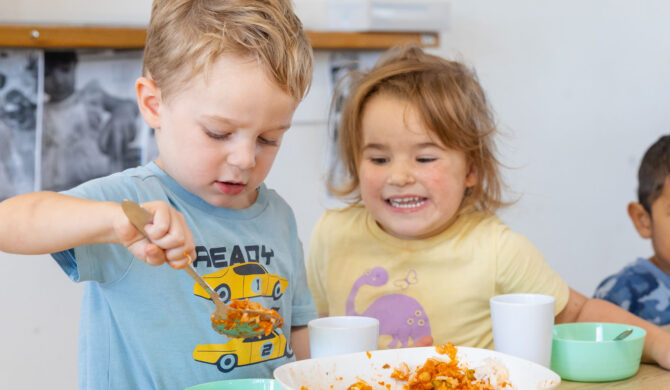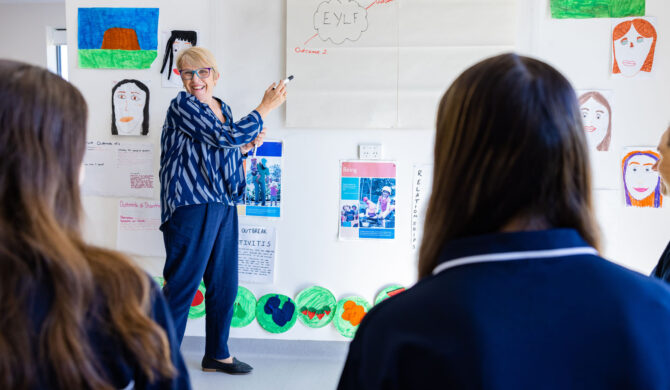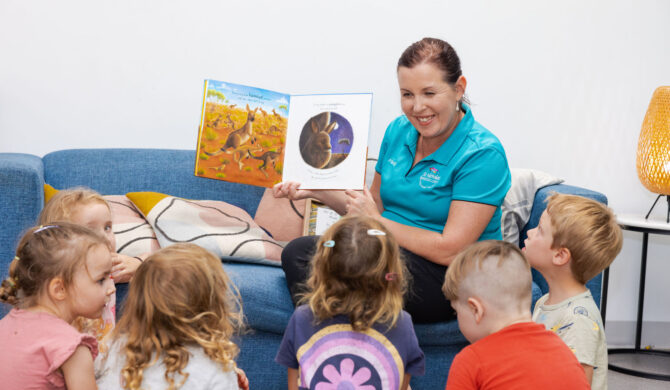It is considered a natural progression in children’s learning as they explore new environments, challenge themselves, and broaden their skills by stepping outside of their comfort zone and pushing the limits of their current capabilities. This encourages the children to problem solve and manage the risk that is presented to them. Children that are allowed to engage in risky play are more likely to develop better learning, perception, and judgement skills as well as increased independence and mental wellbeing.
Understandably it can be difficult for parents to watch their child engage in risky play without feeling compelled to change the environment or remove their child entirely. As a result, it is critical to consider the concept of ‘as safe as necessary’ rather than ‘as safe as possible,’ as this means we can still allow the child to engage and navigate their way through those risky situations while also facilitating their learning experience to ensure that serious injuries are avoided yet opportunities for their development aren’t removed. The goal as a parent would not be to remove the risk from the child’s environment, but rather to control the risk and guide the child in problem-solving and risk management.
Benefits of risky play
Risky play is a natural part of a child’s environment and is an important part of their development.
There are key-life skill benefits that are gained from a child engaging in risky play that essentially aids in their development. These benefits include:
- Increased resilience and persistence when completing challenging daily activities and tasks
- The ability to test physical limits, develop their understanding of their gross motor skills, and learn to avoid or adjust to dangerous environments and activities
- Improved balance and coordination
- Increased ability to assess and make a judgment surrounding risk within their environment
- Improved awareness of the capabilities and boundaries of their own bodies
- Understanding consequences within risky situations and learning from these to adapt behaviour in future similar situations
- Improved independent problem solving
Ways you, as a parent, can help facilitate ‘risky play’ for your child
While it may be difficult, it is important to refrain from creating an overly controlled play environment for your child. Although it is still essential to keep the environment ‘as safe as necessary’ parents must also take a step back so that children can engage in independent, potentially risky, free play, ensuring that they have learning opportunities while avoiding serious injury.
Instead of simply giving instructions, have conversations with your child about potential risks then guide them in problem-solving and planning what they will do in those ‘risky’ situations.
- i.e “Do you think you could fall and hurt yourself doing that?” “Is there another way you could do that without hurting yourself?” “Where do you think you should put your foot next?”
- Talk to your child about risk even if there isn’t any present at the time.
- This will allow for discussion about hypothetical scenarios, enabling them to think about how they can stay safe before potentially getting stuck in an actual risky situation where stress can make it difficult, even impossible, to think straight and make sensible decisions (e.g., trying to climb on monkey bars)
- Allow your child to engage in play involving elements such as speed and height that have a risk of falling or inability to control speed, potentially resulting in crashing into objects/ other people, however not too dangerous that it will cause serious physical injury.
- When your child is engaging in risky play, ask open-ended questions. For example, if your child wants to climb higher on the playground equipment, rather than saying ‘no’, ask them what they think will happen if they climb higher, discuss how they need to hold on tightly, or set limits on how high they can climb.
This enables them to problem solve and teaches them to take responsibility for their own safety by assisting them in identifying and managing risks in their play.
The above information was taken directly from Occupational Therapy’s blog, linked here.

